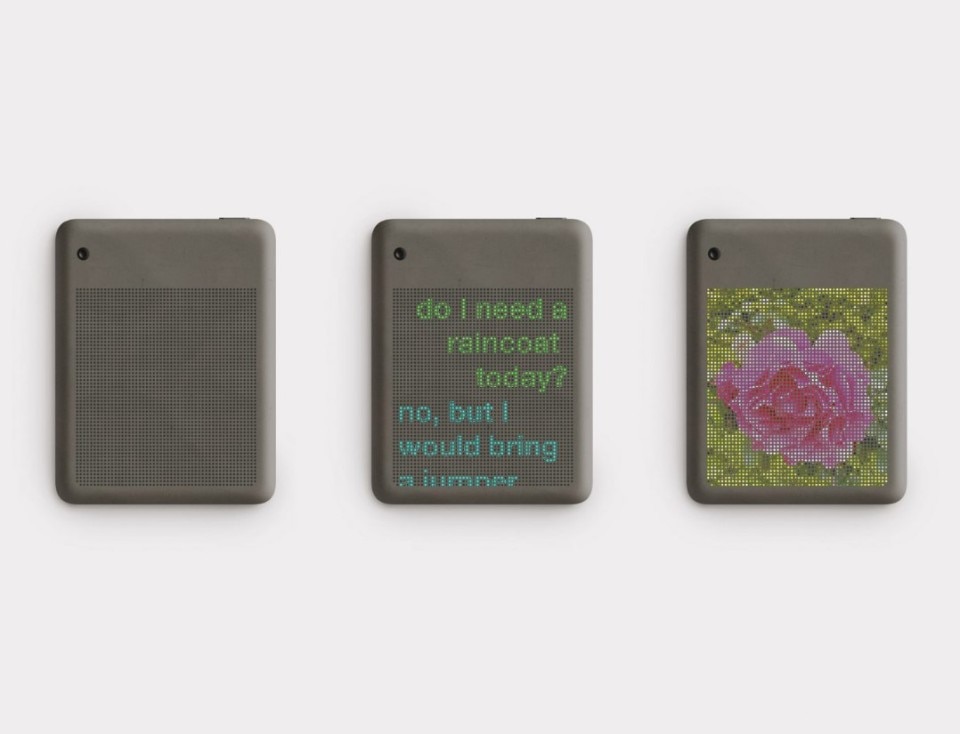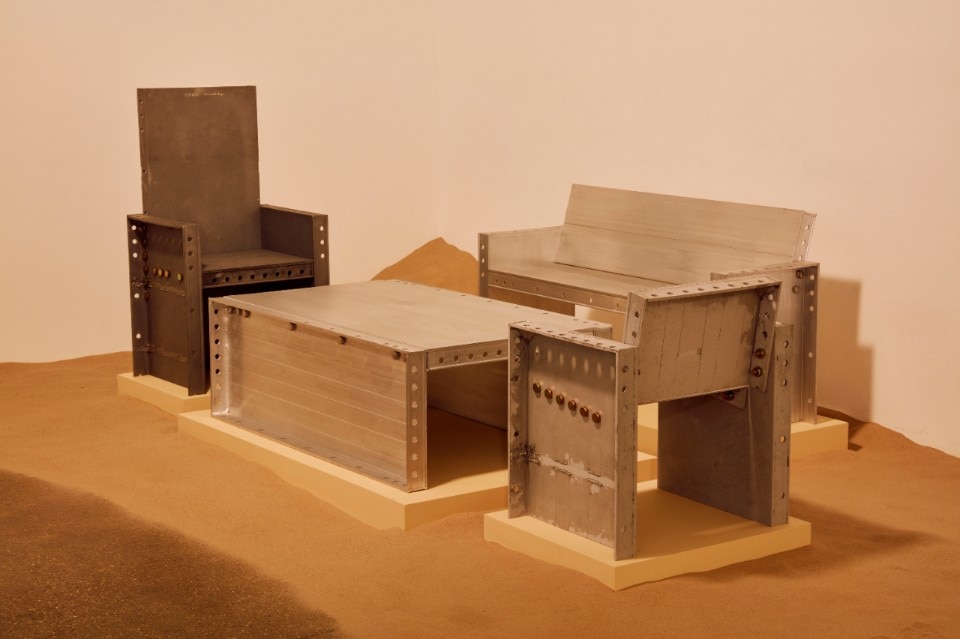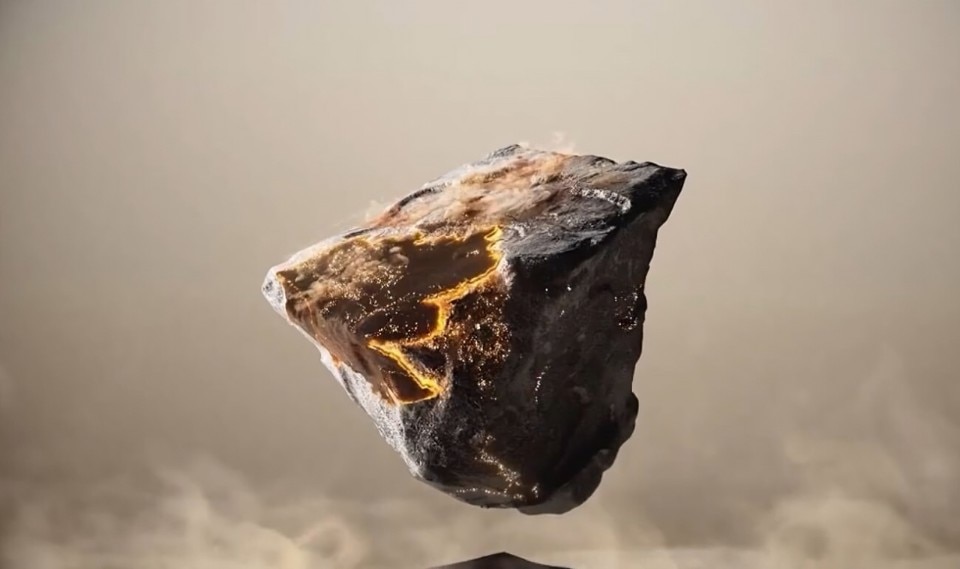Opaque, minimal, solid, rigid, and similar to stone. It’s pleasant to the touch, certainly not as cold as aluminum. These are just a few sensations one might experience while holding − or even caressing − one of Asus’ new Zenbook laptops, featuring a body made from ceraluminum, a new material that is not only recyclable but also scratch-resistant, ranking between glass and diamond. The laptop is currently available in two shades: “Zumaia Grey” and “Scandinavian White” − names coined with the kind of branding flair tech companies favor.
It took four years to develop, Asus’ Chief Design Officer, Mitch Yang, shares with Domus. This ceraluminum is the result of intensive research of the Taiwanese tech company, listed among Fortune’s Most Admired Companies and well-known for its computers, especially for its laptops, Zenbook being their flagship series.

Yang explains that the concept of “Zen” is central to Zenbook’s design philosophy, and nature serves as a key reference for Asus. In the past, the brand has experimented with organic materials like leather and bamboo − yes, they even produced a laptop made from bamboo.
But ceraluminum represents more than a mere experimentation; it suggests a likely future, as Yang claims, combining the “calm” that the Zenbook is meant to inspire with this new material which combines the qualities of metal with those of a ceramelized surface.

We often overlook the design of technology. We tend to view the design of a chair as more noble than that of a smartphone or a pair of headphones. It’s only in hindsight that we recognize the significance of devices that have reshaped our lives. Only then do we realize that the 1994 PlayStation or a radio by Dieter Rams are, for all intents and purposes, indeed icons.

The exhibition “Design You Can Feel” aimed to elevate this perspective, placing Asus’ new material, ceraluminum − though its name may sound like a tongue twister − at the heart of a design narrative, placing it right next to research projects and opening it up for broader exploration through further projects that highlighted its peculiarities and potential. As part of the London Design Festival, ceraluminum was featured in two non-Asus projects: a furniture line by Korean studio Niceworkshop, known for their metal designs, and Susa, a portable AI assistant concept developed by Future Facility, a spin-off of the renowned design firm Industry Facility that focuses on smart tech devices.

“Innovating laptops is a major challenge,” says Mitch Yang; I met him in an office at the Shoreditch space hosting the exhibition. He points out that the basic laptop shape has remained largely unchanged since its inception, and very little has changed since Richard Sapper’s “bento box” concept.
We tend to view the design of a chair as more noble than that of a smartphone or a pair of headphones. It’s only in hindsight that we recognize the significance of devices that have reshaped our lives.
However, as the CDO suggests, change is on the horizon, particularly as Artificial Intelligence plays an increasingly larger role in how we use computers. The shape will follow the interface. Can we perhaps already speculate that we will be able to interact with computers by speaking to them, rather than by typing on a keyboard? “AI integration is transforming the way we approach creating technology,” Yang says, his excitement evident as he presents the fruit of years of work while already looking ahead to what the future holds.

Another key area of change will inevitably involve screens…or rather screens. Asus has been exploring the use of multiple screens with the Zenbook Duo. The Duo features a second display that invades into the keyboard space, as seen in its first model, or more recently, a dual-screen setup where two screens can be stacked vertically when needed. It’s a striking device, both visually and functionally, designed for users who work heavily with video and images. It embodies the balance between emotional appeal and functionality, two core principles of Asus’ design philosophy, as Yang explains.
Very little has changed since Richard Sapper’s “bento box” concept. However, change is on the horizon.

“The laptop is a gadget, but how do you make it sexy?” interrupted Carolin Lin, Senior Global Product Marketing Manager. Together with Yang, she shows me a range of Zenbook ceraluminum bodies. Some are clear successes, while others represent intriguing failures. The process of developing ceraluminum took four years of trial and error to perfect the color, texture, and hardness. As Lin describes it, the process sounds straightforward: the metal is immersed in a solution made up of 95% water, then transformed using electrical discharges.
The result is a highly recyclable material with a natural palette – you should forget about the bright, bold colors that have been in vogue in the past few years. Ceraluminum is a return to essentials. A return to Zen. Yang and Lin also hint at the possibility of future custom devices, where each one is uniquely designed. As I lay my Freitag bag next to the ceraluminum bodies, the comparison is obvious.
A window to the future, no doubt, but Mitch Yang, fully embodying an Eastern design philosophy that is both zen and practical, balances his enthusiasm for innovative possibilities with a meticulous focus on the details made possible by ceraluminum. He shows Domus the matte, lightweight body of the new Zenbooks, drawing attention to the speaker grille, designed with double layers − the top one honeycombed to block dust and splashes. This precision, Yang explains, is crucial. Innovation doesn’t come solely from altering the shape factor; it also sprouts from a deep attention to detail.
Opening image: Courtesy Asus


